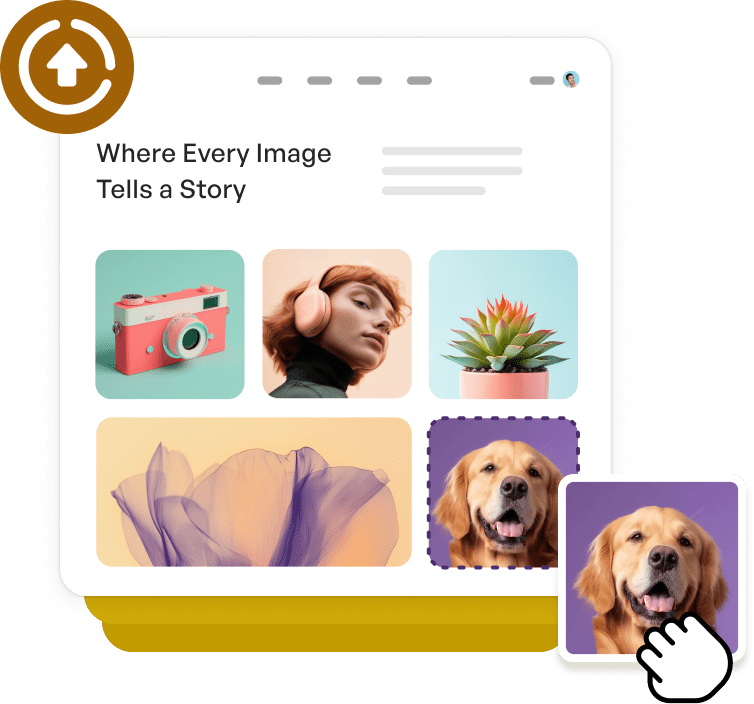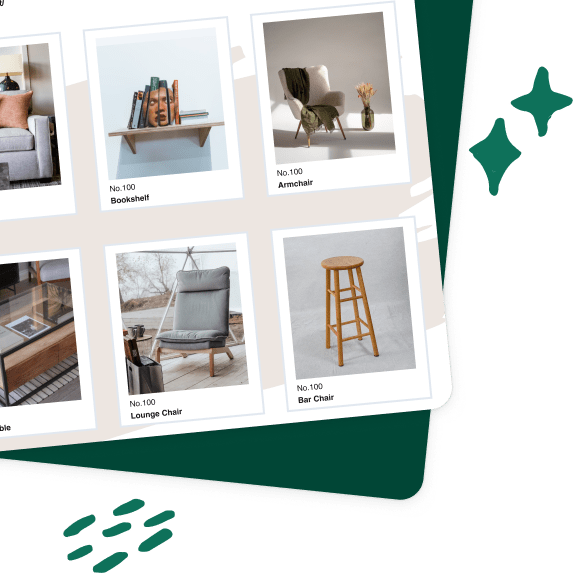Do you want to know the best tips for drone photography? Aerial photos looks amazing when captured beautifully and they attract the eyes straight away. In this guide, we will share the best drone photography tips to take stunning aerial photos.
Photography is an art and there’s no written manual to help you capture the best photos. Similarly there are no rules for drone photography that can help you take stunning shots. Your consistency, dedication and practice will make your photos attractive.
Here are the best drone photography tips and techniques you must know:
1. Photography Lighting
The major factor that helps you capture great photos is light. In the indoor shoots with drone, you need to use the flash and other light objects to bright your photos. The flash or lighting gadgets should work parallel to the drone for amazing results.

However, the outdoor photography with drones will work with the natural light. In the day time, sun is the best light source for good photos. When shooting at the night, you need to take advantage of big lamps, flash lights, pole lights and other sources.

We recommend you to check out this complete guide on photography lighting to understand the phenomena of amazing photos.
2. Editing Software
Before we talk about the features of drone photography, it is necessary to know that editing is the key to create awesome results.
You should capture raw photos with the drone and edit them before delivering to clients or publishing on your blog. There are multiple best editors that you can use to produce good photos.

Simply check out these best photo editing software for photographers.
3. Multiple Shots
Since you’ll be editing the photos, so multiple shots of a similar scene can help in adding effects and shadows. Drone cameras have features like bracketing or live photo that allows you to take multiple shots of one photo.
You can find the best shot with this technique. Edit it further to get the amazing results.
4. Camera Mode
Mostly beginner photographers choose the auto mode in camera to start their photography. However, the auto mode limits you to particular settings and the result may differ from what you need.
In the manual mode, you can change the camera ISO settings for great aerial shots. It also allows you to control the shutter speed and all other settings. There are no limits to practice your shots with manual mode.
5. Stability
The quality of the drone and drone camera is the key to capture stunning aerial photos. Good drones have stable flying abilities for amazing results.

It also depends on the drone pilot who manages to fly the drone on right angles and take beautiful photos.
That’s all. We hope this guide has helped you to find the best drone photography tips to take stunning aerial photos.
You may also want to check out our other drone photography related guides:
- How To Start A Drone Photography Business (Step-by-Step Guide)
- How To Plan Amazing Wedding Photography With Drones
- What Are the Best Aerial Wedding Photography Poses for Couples?
- How to Set Drone Wedding Photography Cost
If you like this guide, then please follow us on Facebook and Twitter for more free drone photography tips and resources.
















I love everything to do with photography, and so I’ve been thinking about getting a drone. However, I definitely think that it would be tough to shoot good photos at night due to the lack of lighting. Are there any accessories that I could attach to it to better the quality of night pictures?
Hey Katie, we’ll try to share the tips for you to shoot with the drone at night. 🙂
Very informative article. I am a new drone user and I want to capture stunning photos. Been playing around, it even almost flew away but glad I had a GPS tracker device. Challenging and fun at the same time.
It sounds like you’re off to an exciting start! We’re glad to hear you had that GPS tracker, too. Whew!
Yep, mine almost flew away too! I’m going to take your advice. Are there suggestions on tracking devices? Specifically the 3G type.
I’d gladly suggest Trackimo device. It’s 3G and perfectly works indoor and outdoor. I’ve been using drones for aerial photography and it’s such a great distress when I lost one. Learnt my lesson and had this device with me ever since then. Probably the best option for me when it comes to GPS tracking devices.
Speaking of drone flyaway tendencies, since we pilot these machines in open spaces, it’s imperative to set the Trackimo device to tracking the drone per minute interval so you can see its flight direction on your phone.
The app is really easy to use and updates real time to where your drone is heading to. Great device!
The device needs a relatively clear view to work reliably. It’s got low power consumption since it’s smaller compared to other tracking devices.
Really? So far the device is working fine with me. Not having any troubles at all.
Something I’d give to my friend with a drone, for sure! Just reading from all these comments. Considering she runs gigs on videography for places she travels to.
This has been recommended to me more than once, I’ll definitely look into it now.
I really love taking aerial photos and I’m also a new drone user. I’ve experienced an out-of-sight crash landing but thank God I used a GPS tracking device. Thanks for the amazing tips by the way!
Really? Me too! Taking pictures has always been my hobby and now I’m planning to do aerial photography with a drone. If you say having a GPS tracker is good then might as well get one. Any suggestions?
I’d gladly recommend Trackimo device. Proven and tested. It’s very lightweight, not affecting your flight at all. Gives real time updates wherever your drone might be.
Hi Gilbert! I’d love to know what tracking device you’re using right now. I’ve been really worried for my drone since the weather here suddenly changes from time to time.
Hey Caleb! Glad to know you asked. The device that I’m currently using is Trackimo. It’s very lightweight and reliable trust me. Tracking capability is superb so you’ll always be confident to find your drone in case something bad happens to it.
Thanks for this! I’m not buying from a random e-commerce site even with good rating. Also had a bluetooth one, doesn’t perform well.
I like the 3G Universal Trackimo on my drone better than most tracking devices when it’s more accurate.
What GPS tracking device is it?
These tips are very useful especially to people like me who love taking aerial photos. Hope to read more articles from you!
Thank you so much, Mark! We appreciate the feedback!
Do you have tips when it comes to night aerial photos? I’ve always been stunned by night skyline so hopefully I can capture what I want. I guess I need to have a GPS tracker then, it would be much difficult finding a drone in the dark in case something happens out of hand.
Great tips you have here! I’ve been planning to do aerial photography and this helped a lot. Thanks! Looking forward for more articles from you.
Great tips you have here! Can you recommend any drone suitable for starters like me?
Great article! Taking photos has always been my hobby and I’m planning to enhance my skills by doing aerial photography. This has been very helpful. Thanks!
Thanks for these tips it’s great to see stunning photos of places with bird’s eyes view.
The photos do get more stunning once the drone gets a bird’s eye view!
What drone can you recommend for aerial drone photography? It’s incredible seeing stunning photos using a drone.
Thank you for the tips! I am planning to do some aerial photography with my new drone. I’m a newbie with this drone photography so these tips are very helpful to me.
Is it normal to mount a tracker to the drone?
Mounting a tracker to drones are for their safety in case of a flyaway situation. So yeah, its normal and is advisable for drone owners to keep drones safe.
Great tips since I’m still a newbie and still learning, all I can say is thank you.